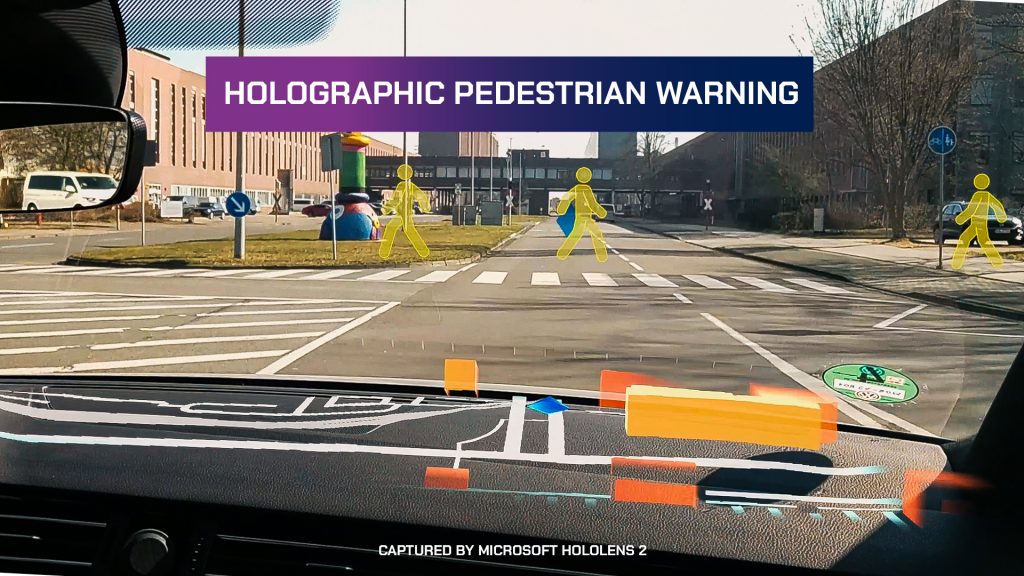- Get link
- X
- Other Apps

Imagine putting on a pair of augmented reality glasses as you head out in the morning and get into your vehicle. As your self-driving car takes you to your destination, you get holographic displays of traffic information, weather conditions, shopping recommendations and architectural highlights along the way. And as the day dawns, you can use holographic controls in front of you to adjust the interior temperature to your liking.
That’s the future of mobility envisioned by researchers at German automobile manufacturer Volkswagen, who see augmented reality as one of the key components of future mobility concepts. To get a little closer to that vision, Volkswagen collaborated with Microsoft to enable the HoloLens 2 mixed reality headset to be used in moving vehicles for the first time.
The new “moving platform” mode for HoloLens 2 overcomes a major limitation of mixed reality headsets and creates potential for the technology to be used in new ways — training drivers to handle challenging road conditions, for example, or creating new user experiences for autonomous vehicles. And while mobility is Volkswagen’s focus, the capability could in future be shared across other industries.
Kleen and Pollefeys believe augmented reality will become an increasingly important aspect of mobility in the future as smaller, more compact versions of smart glasses become available. Pollefeys characterizes mixed reality glasses as the third generation of personal computing devices, after personal computers and mobile phones.
“Microsoft is not only interested in commercial devices like HoloLens, but also in the longer term, in devices that would make sense for consumers to use in daily life,” Pollefeys says. “With augmented reality glasses, you could walk around the world and information can appear in context, where it’s relevant. You could communicate with other people and also in 3D, as opposed to on a small screen.”
Kleen imagines augmented reality enabling seamless and connected mobility experiences, with people donning smart glasses as they leave home and receiving information through them, from navigational assistance to entertainment, as they travel through their day.
“We think of this as moving toward a mobility system where different products and mobility solutions will be connected,” Kleen says. “The basic assumption is that this technology will become lighter and smaller, and we think that as that happens, more people will get their hands on it and integrate it into their daily lives — and thus into their way of moving from A to B.”
- Get link
- X
- Other Apps
Comments
Post a Comment